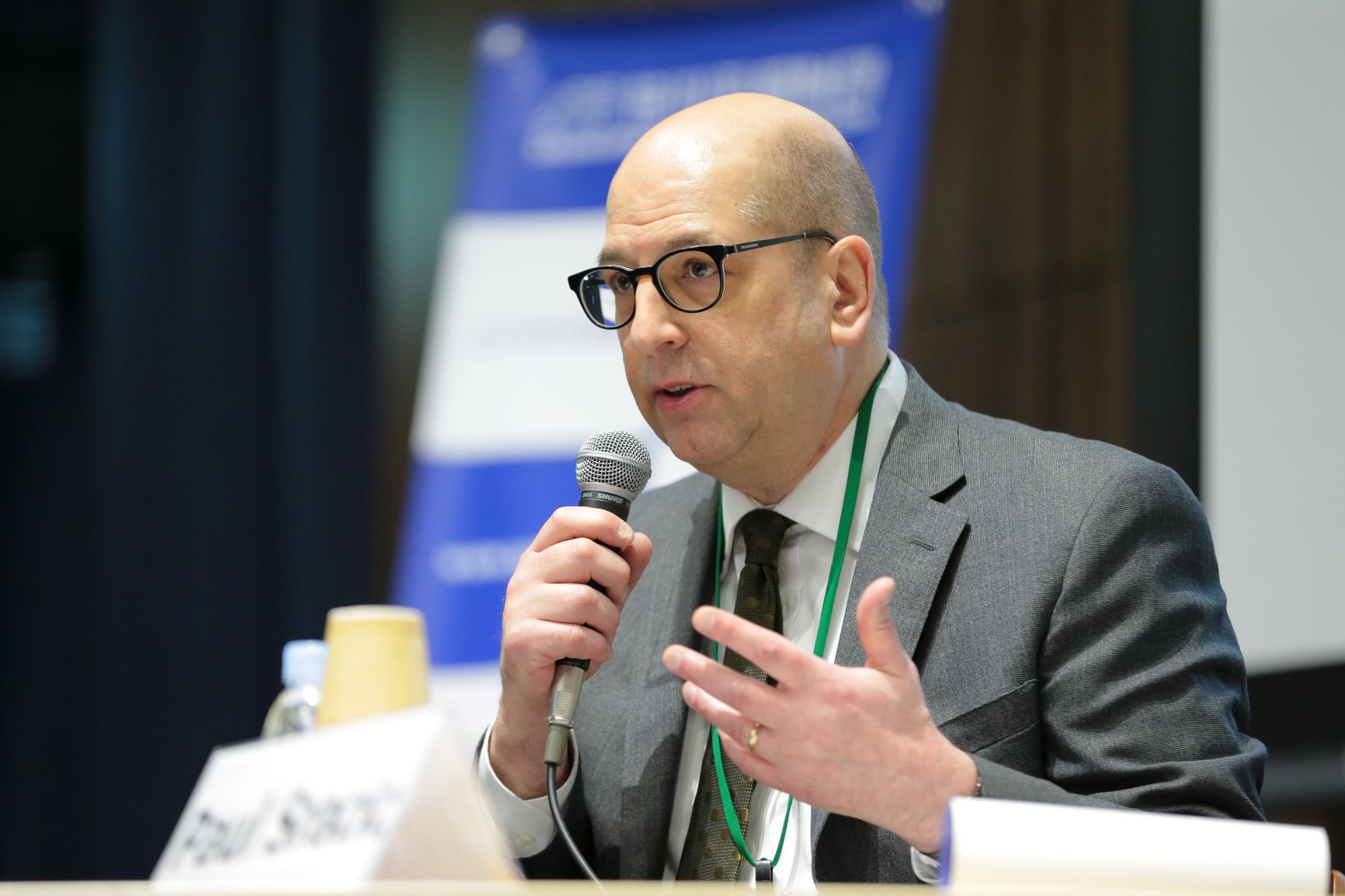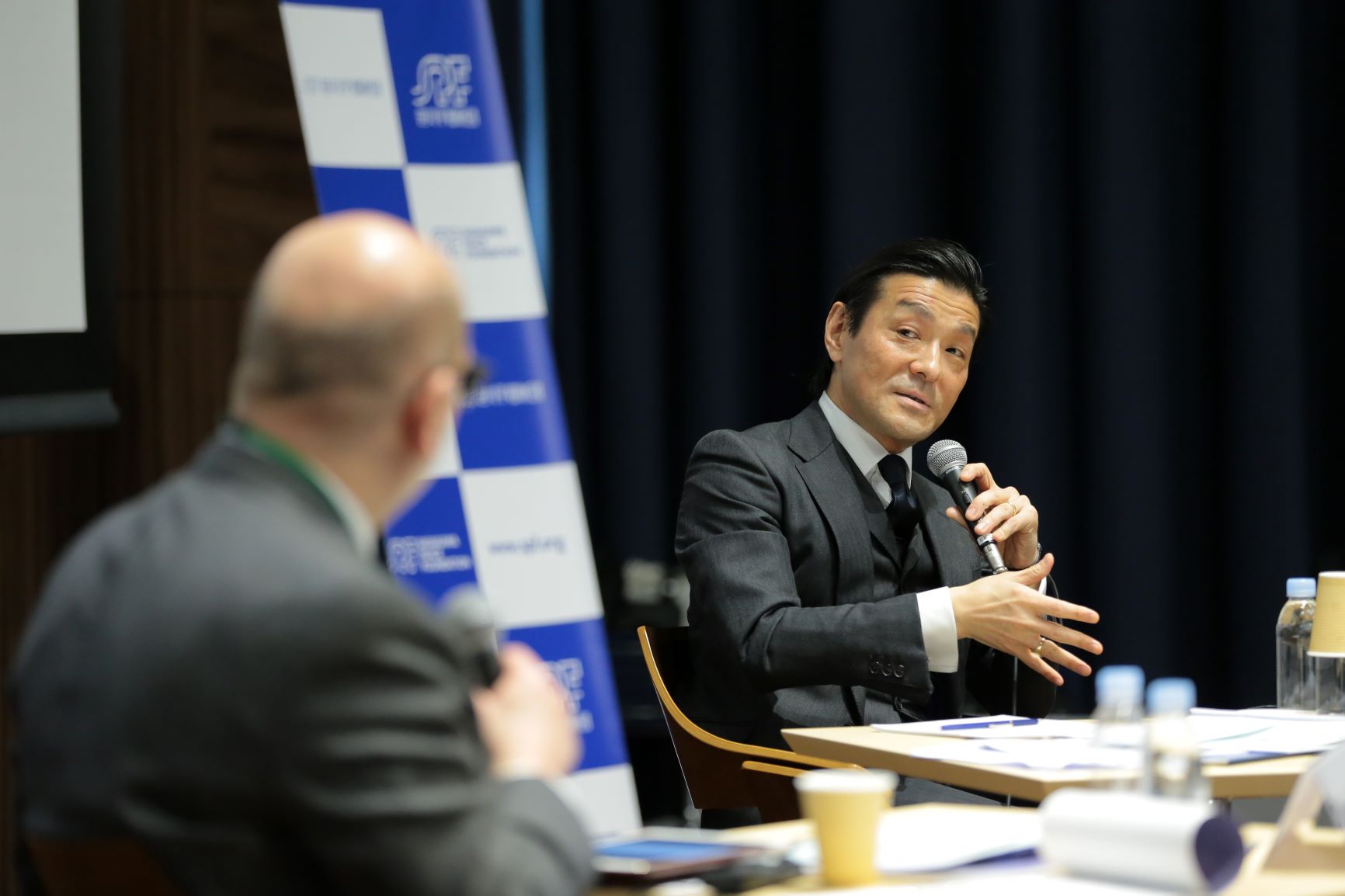To conclude the session, the panelists and audience engaged in an interactive poll and discussion regarding who might emerge victorious in the 2020 election.
From the perspective of the international community and Japan specifically, Professor Nakayama argued that former Vice President Joe Biden would be likely to hold the standard foreign policy line of previous Democratic administrations and may be the choice for many in the international community. However, President Trump’s tough stance on China also has the potential to appeal to the Japanese population.
Professor Sracic agreed that President Trump may be in a strong position given that he has nearly a term of experience, increasing his legitimacy in foreign affairs. On the domestic front, he has also been able to rack up key victories in international trade, which was a central factor in the 2016 election that swung much of the white working class voters in the upper Midwestern states and labor unions away from the Democratic party, ultimately becoming a key voting bloc in electing Donald Trump.
“Barack Obama promised to renegotiate NAFTA (the North American Free Trade Agreement) when he ran for president in 2008. It wasn’t renegotiated. Donald Trump promised to renegotiate NAFTA 2016, and he did,” said Professor Sracic. “He delivered on his promise, and that’s going to be very hard to beat in 2020.”
However, if history is any indicator, reliable forecasts for the 2020 election will likely remain elusive, making the overriding theme of this event and the larger discussion around the U.S. in 2020 the utter unpredictability of the future, ensuring many twists and turns to come for political watchers in the U.S. and around the world.
For more from the Japan-U.S. Program, please visit the
program page.


